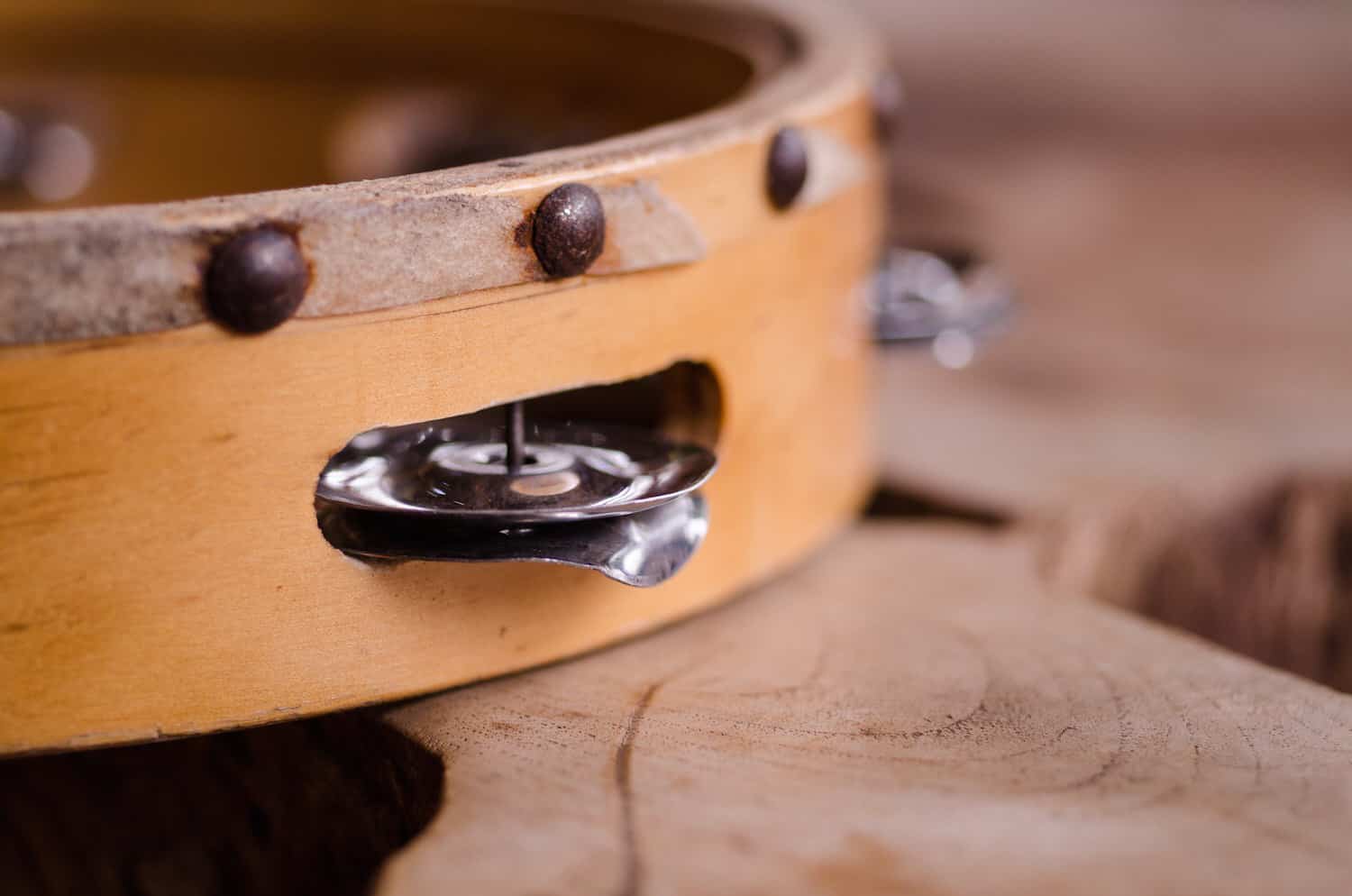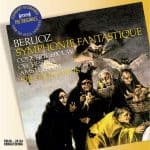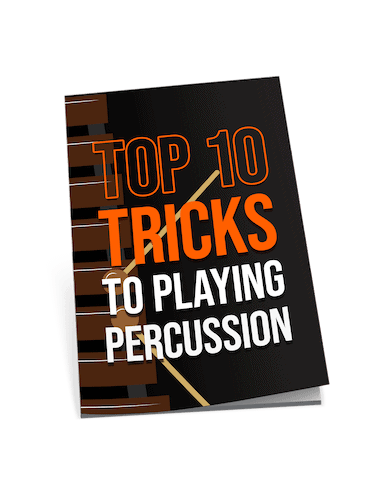
Percussion
Percussion reviews, articles, and tips for beginners and beyond
In this series...
History
Primitive percussion instruments are believed to be the first musical instruments used by human beings, with evidence of drums in use from as far back as prehistoric times. Archeologists have found evidence that Neolithic cultures in China were using alligator skins to make drums as far back as 5500 BC.
Japanese Taiko drums started appearing throughout the Far East from about 500 BC, with African drums arriving in Southern Europe a few hundred years later.
Tuned percussion instruments (such as the Xylophone) are thought to have originated in Southeast Asia, initially appearing as multiple logs before evolving into the instruments we know today.
During medieval times early versions of many of the modern percussion instruments we are familiar with started being invented. These found their way into the orchestra from the early 19th century, and in the 200 years that have followed the number of percussion instruments used in classical music has increased considerably.
Percussion Specs
Common percussion instruments include the Snare Drum, a double-skinned drum of between 12 and 15 inches, with a set of snare wires under its bottom skin to produce a buzzing effect. In an orchestra you will often also find a metal triangle, a pair of clash cymbals, a bass drum (which could be as large as 50 inches), a tambourine and a wood block.
Tuned percussion instruments are laid out similarly to a piano, with the most popular instruments including Glockenspiel, Marimba, Vibraphone and Xylophone.
Also within the percussion family we have the Timpani, or kettledrums. These colossal beasts are used in the orchestra more than any other percussion instrument, and have a clever pedal mechanism to change the pitch of each drum.
How To Play
Techniques for different percussion instruments vary considerably, with a competent percussionist being expected to master multiple instruments.
Instruments such as the Snare Drum, Tenor Drum and Tom Toms are played with a pair of drumsticks, in the same manner as the drum kit.
Latin Percussion instruments, such as Bongos and Congas, are ordinarily played with the hands.
Tuned Percussion instruments use a wide variety of wooden and plastic mallets, with hammers being used for Tubular Bells.
Timpani sticks are similar to normal drumsticks, but have a small ball covered in felt at the end the drums are struck with.

The most readily available percussion instrument is the human body. Many percussionists have taken advantage of the variety of sounds available by using different parts of the human body, such as stamping feet and clapping hands.
Famous Artists
Discover...
Percussion
Get the 4 Things I’ve Been Loving, Using and Reviewing
Every Friday, I distribute a unique email showcasing the four most amazing things I’ve reviewed or used that week.
The e-mail really could be about anything at all; books, audio, gadgets, playing techniques – as long as it’s entertaining and interesting, it’ll end up on the mail!
These ‘4-Feature Friday‘ emails are only accessible for those who sign up below – so what are you waiting for?
Read the next post in this series:










